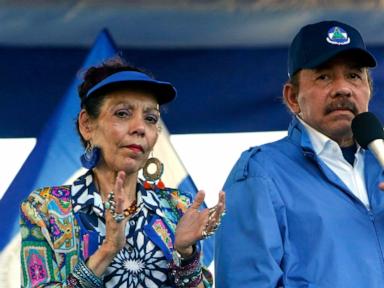ARTICLE AD BOX

- The Bitcoin developer community is embroiled in a debate over PR 32359 proposal introduced by veteran developer Peter Todd, removes the existing 83-byte limit on OP_RETURN outputs and eliminates customization options for node operators.
- Entities like Citrea, Stacks Foundation, and Taproot Wizards support the changes due to their potential commercial benefits, such as enabling larger data commitments on-chain.
The Bitcoin developer community has heatedly debated whether corporate players will influence the direction of BTC’s technical core. For context, the flashpoint is a pull request (PR 32359) that aims to increase the data capacity allowed by the OP_RETURN function significantly. Some see this change as a backdoor for commercial interests to influence the Bitcoin network.
Will Corporate Entities Take Over the Bitcoin Network?
Outside of traditional UTXOs, Bitcoin Core has long used a small 83-byte limit on OP_RETURN outputs to prohibit the usage of its network for anything other than financial uses. What this does is it restricts things so that node operations are still efficient, and that Bitcoin’s main purpose was as a peer-to-peer (P2P) financial system. On the other hand, PR 32359 passes the logic of removing the cap entirely. This allows much more data to flow through Bitcoin’s public mempool.
The proposal was introduced by veteran developer Peter Todd, reportedly at the request of Antoine Poinsot from Chaincode Labs. Despite Todd’s reputation for caution, the community quickly noticed that the update not only lifted the existing limit but also eliminated the ability for node operators to customize the limit themselves. Many struck the lack of a configuration option as an attempt to force a one-size-fits-all rule on a system built out from whole cloth to resemble self-sovereignty.
It set the Bitcoiners who promote decentralized governance on the alert immediately. The critics accused Todd of trying to resurrect a dead 2023 proposal (PR 28134) with even fewer protections of node operators. Things heated up on GitHub and the heated discussions became heated enough for moderators to get involved and mute key participants. This uncommon measure only fanned the flames of controversy.
According to many, this proposal is part of a major strategy where companies invested in Bitcoin infrastructure want to guide the flow of the technology for profit. One of the most aggressive supporters of change is Jameson Lopp, co-founder of Citrea, a competing company assembling zero-knowledge applications on Bitcoin and providing tokenized fintech services. An increased OP_RETURN limit would be beneficial to Citrea and similar firms simply by allowing them to write more data right onto Bitcoin blocks.
Involvement Of Stacks Foundation & Others
However, there have been other corporate ventures that have also entered into the fray. Recently, the Stacks Foundation, which backs Bitcoin Layer 2 app development, recently launched a $500,000 working group focused on securing BitVM, as highlighted in the previous story. It is a computing protocol that relies on committing larger amounts of data to the blockchain. Critics claim that it’s no fluke that BitVM’s needs are very similar to the outcome of the proposed OP_RETURN expansion.
Indeed, some have even pointed fingers at the Taproot Wizards group, which is well known as a support group of experimental changes and funds high profile Bitcoin-based NFT drops, as reported earlier. Their projects use OP_RETURN for some things other than image storage. This means that they share among other things dealmakers who want to retool Bitcoin engineering restraints, such as BIP 347 reviving Satoshi’s forcibly killed OP_CAT function.
Although PR 32359 will probably not get consensus, its appearance finally started a crucial conversation about the future of Bitcoin. The growing role of venture-backed developers in protocol decisions raises uncomfortable questions about who really controls the world’s first digital currency.
.png)
 3 hours ago
1
3 hours ago
1








 English (US)
English (US)